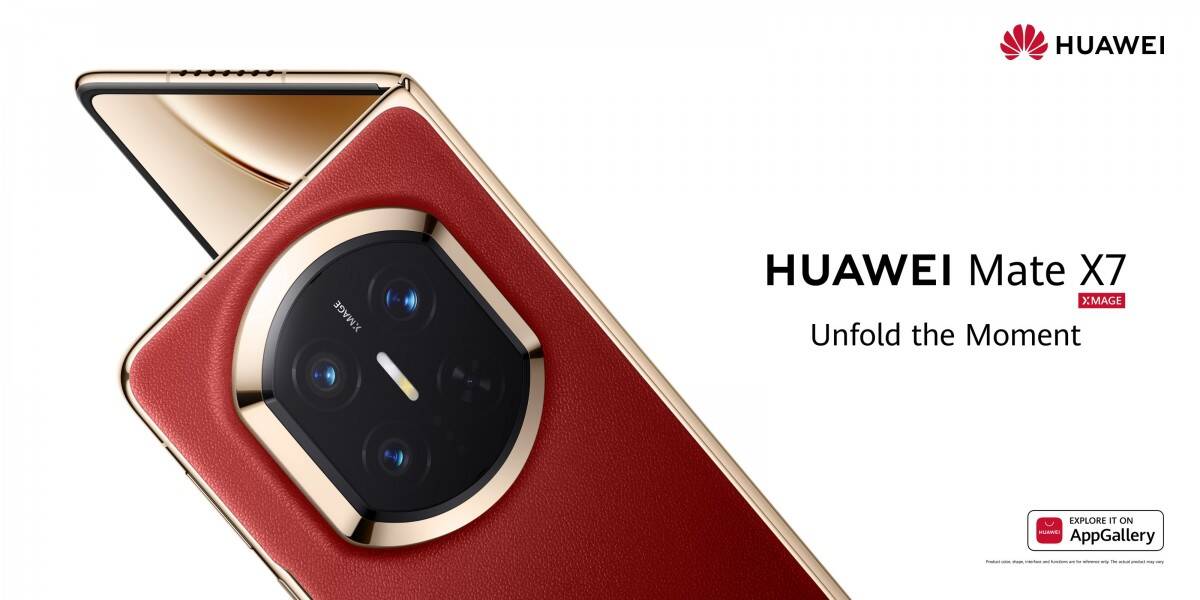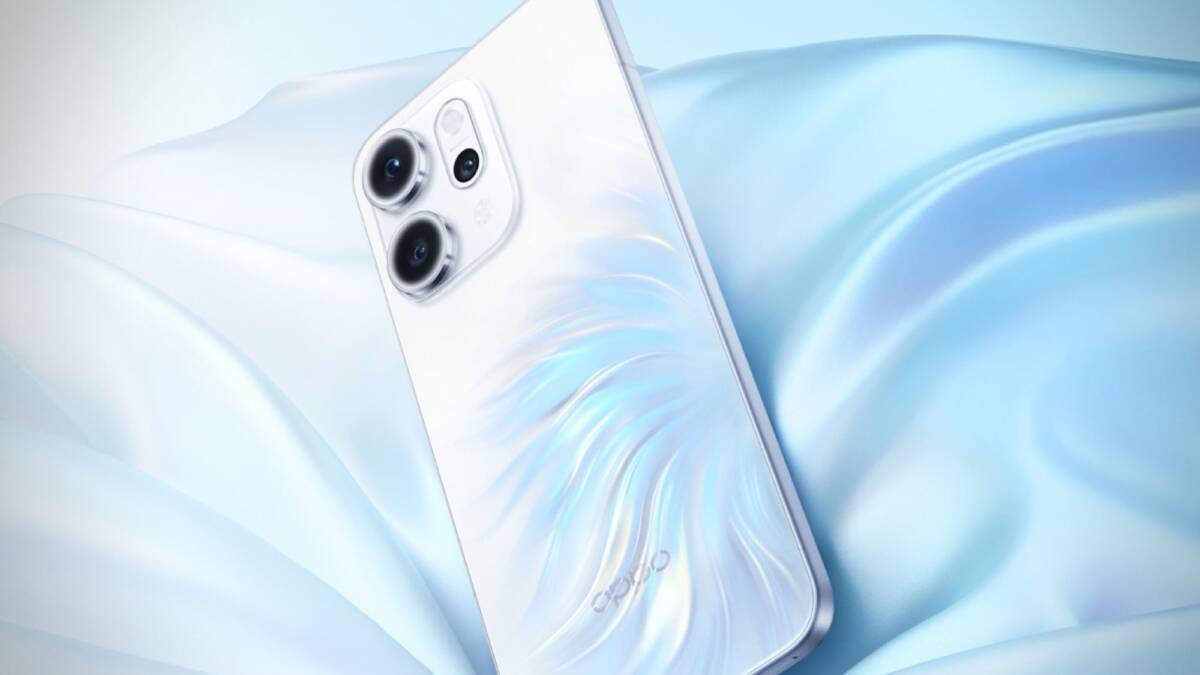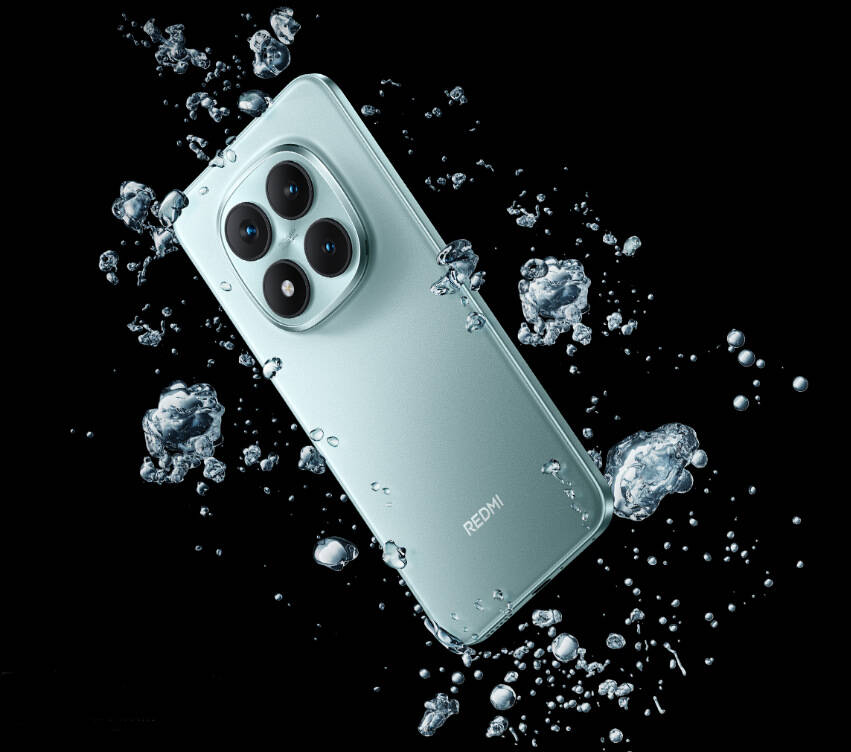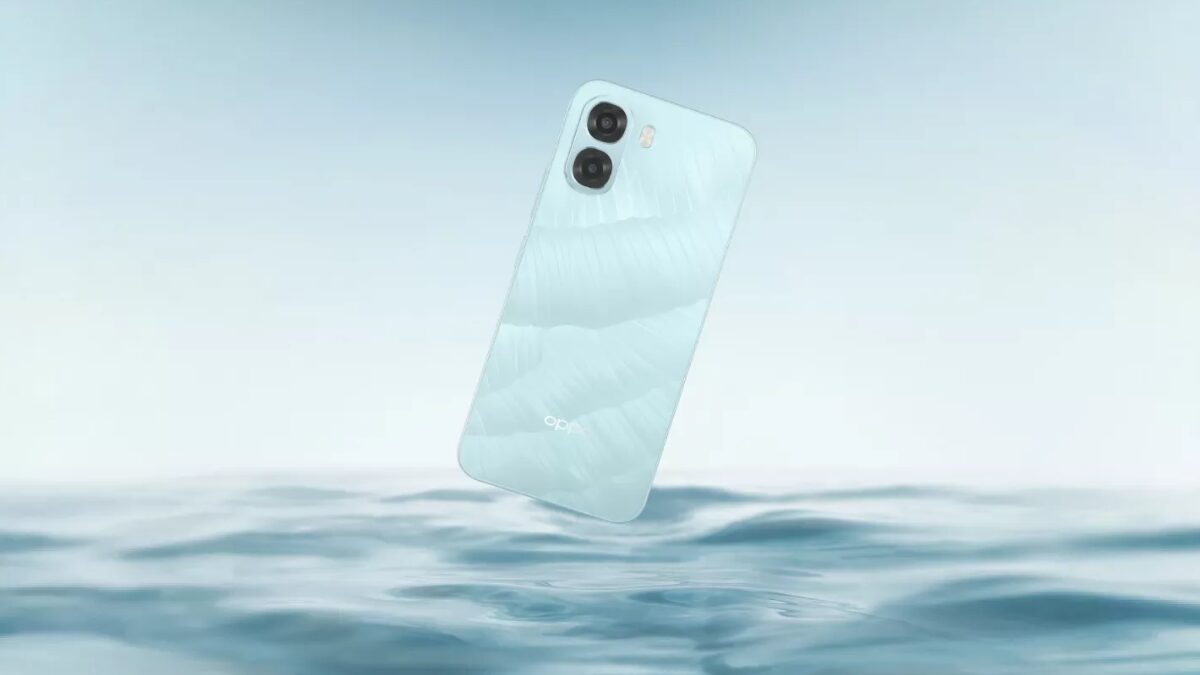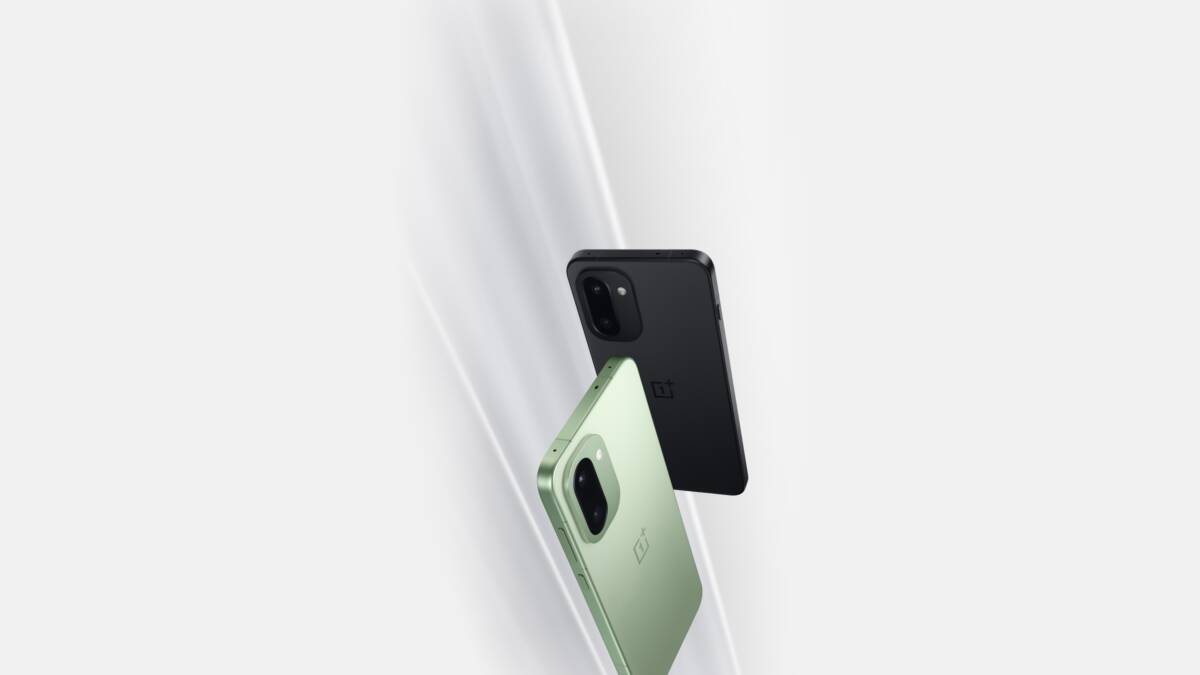Researchers propose using body energy to power wearable devices
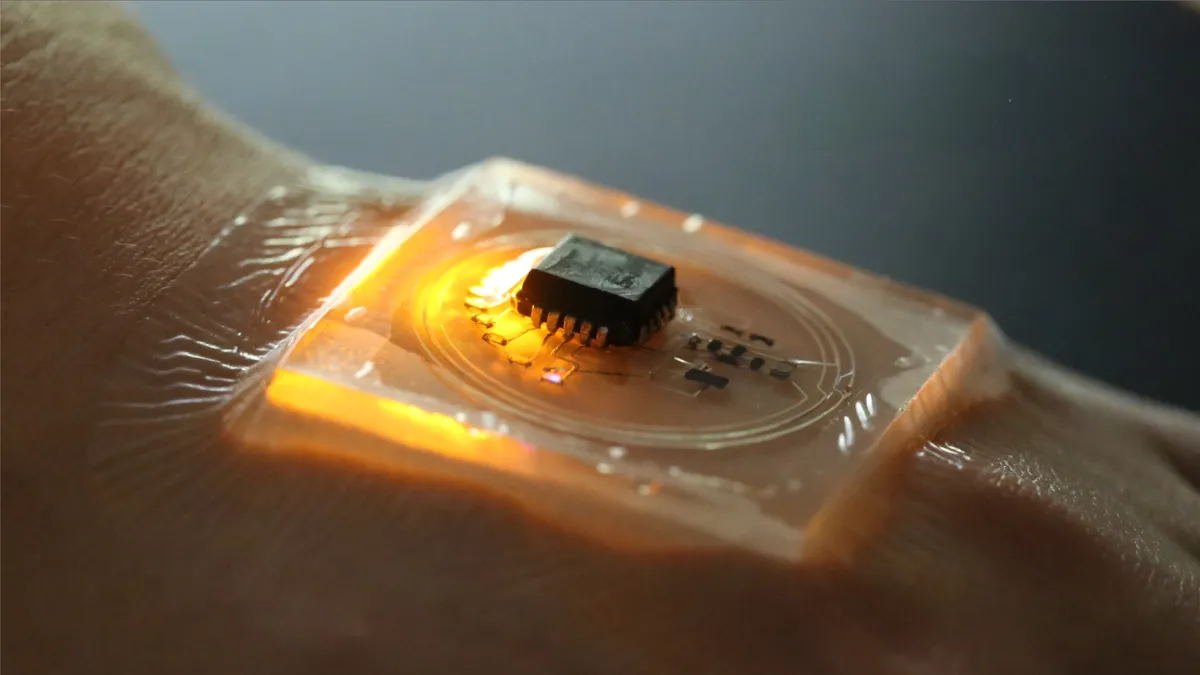
With new advances in computing technology, wearable electronics are becoming more compact and functional, but the problem of powering devices remains. While some gadgets can be recharged by solar power, batteries still play an important role. But researchers at Future Interfaces Group have come up with an innovative solution: Power-over-Skin technology that harnesses radio frequency (RF) energy generated by the human body to power wearable devices.
A breakthrough in wireless powering of wearable devices
According to a study published by Andy Kong, Daehwa Kim and Chris Harrison of Carnegie Mellon University, the human body efficiently generates 40 MHz RF energy. Using «a receiver on the skin,» the power can be delivered without invasive techniques. The receiver can be placed anywhere on the body and can even work through clothing, potentially allowing the technology to be integrated into, for example, a smartphone.
The technology can be placed anywhere on the body and is capable of working even through clothing, potentially allowing the technology to be integrated into, for example, a smartphone.
Researchers have demonstrated the technology with devices including a Bluetooth ring with a joystick, a medical sensor for health tracking, a patch for monitoring sun exposure, and other gadgets. Potential applications also cover VR/AR headsets and a variety of wearable devices. Because the body is constantly generating power, wearable electronics can operate on multiple sites simultaneously without needing to be charged.
Wearable electronics can be used to power multiple sites without needing to be charged.
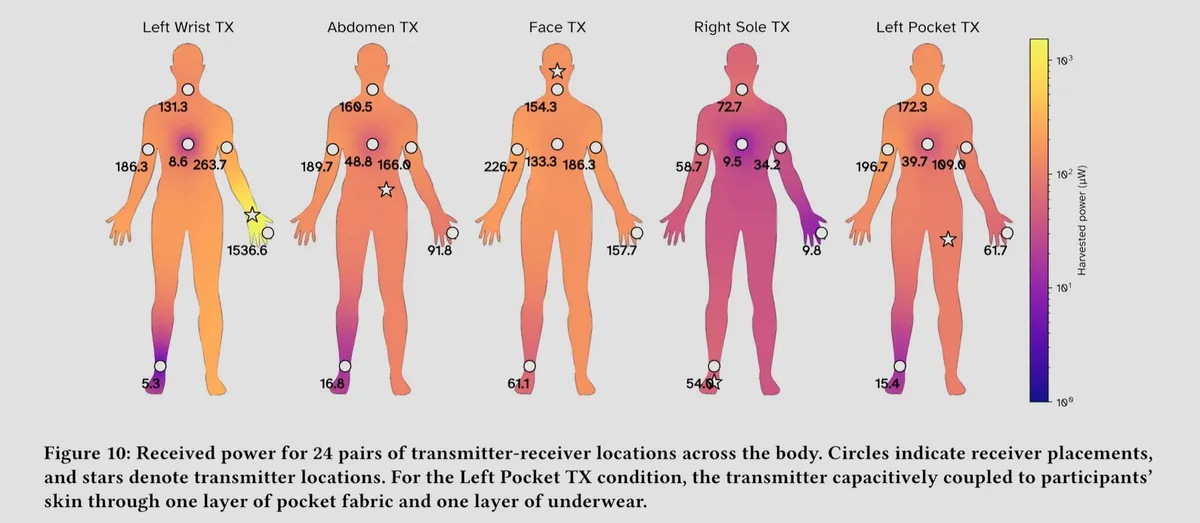
Benefits and prospects
The new Power-over-Skin technology offers a fundamentally new approach to powering gadgets, eliminating the need for batteries. It makes devices lighter and more compact, reduces dependence on rare earth metals used in batteries, and eliminates the need to periodically charge devices. This could spur the creation of a new category of wearable devices that will be even thinner and lighter.
A new category of wearable devices could be created.
Technical parameters and transmitter placement
In the research, the team tested four locations on the body to place transmitters – the sole of the right foot, the abdominal area, the left hand, and the face suitable for VR/AR headsets. Receivers placed at different locations (e.g., ankle, back of the head, chest, and biceps) showed that the shortest distance between transmitter and receiver provided the highest power at an average of 1.53 mW, while the longest distance reduced power to 5.3 µW. Transmission through clothing is possible, but reduces efficiency.
The potential of the new technology
The technology is reminiscent of a mechanical self-winding watch that used hand movements to recharge. Although it will take time to go from concept to finished product, Power-over-Skin has already shown to be highly effective under experimental conditions.
Power-over-Skin


